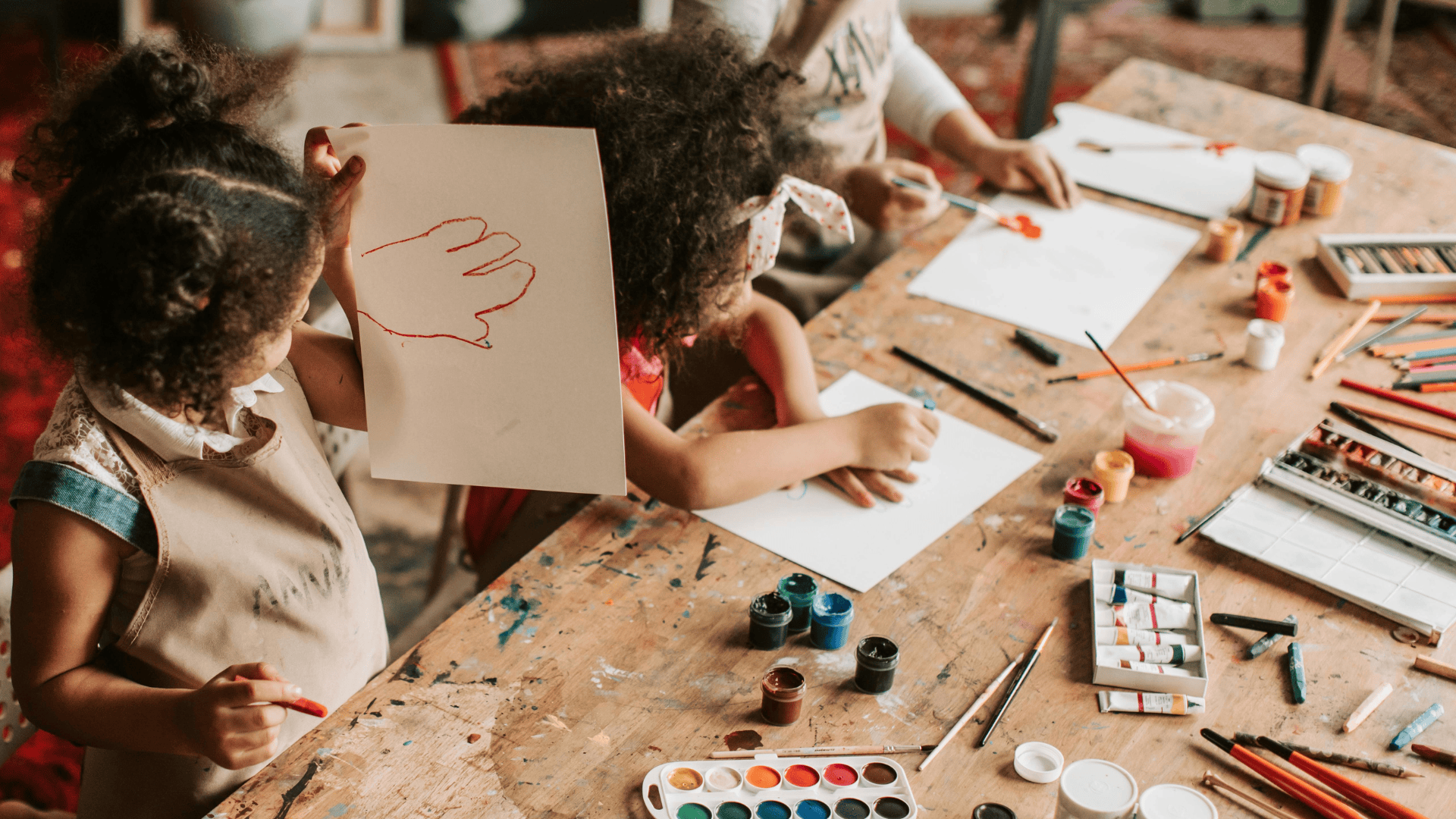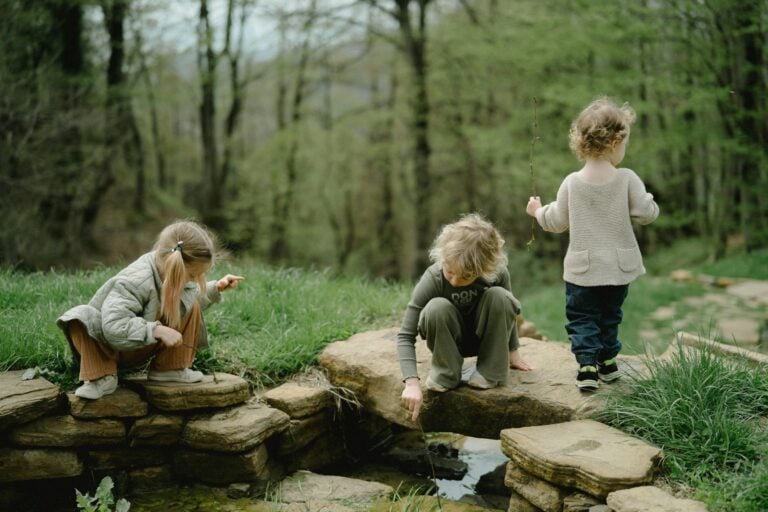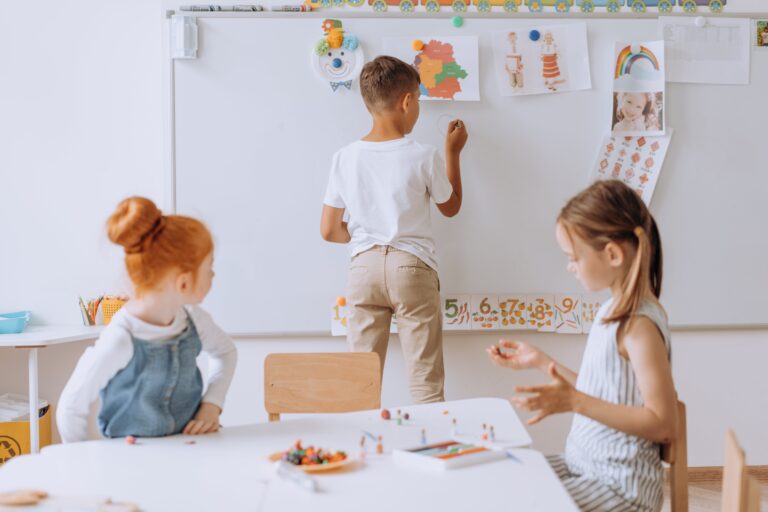Why Your Preschool Choice Matters More Than Your University Choice
When we invest in a child’s earliest years, we’re not just filling time before “real” school begins. We’re shaping the very foundation of who they’ll become. Which is far more important than what follows in school and university.
The Great Misconception
Picture this scenario: You visit a beautiful school with an innovative primary programme that promises to nurture creativity, critical thinking, and emotional intelligence. The facilities are thoughtfully designed, the teachers are passionate and qualified, and the educational philosophy resonates deeply with your values. Then you ask about their preschool offering.
The response is casual, almost dismissive. Yes, they have a playgroup where a nanny supervises the children whilst they play.
This attitude reveals a troubling misconception that pervades educational thinking: that the years before formal schooling are somehow less significant, requiring little more than basic supervision and a room filled with toys. Nothing could be further from the truth.
The Science of Early Development
Neuroscience has revolutionised our understanding of early childhood development. During the first five years of life, a child’s brain forms over one million neural connections every second. These early years don’t just prepare children for later learning. They establish the very architecture of who they’ll become as human beings.
In these foundational years, children develop their core sense of self-worth and confidence. They learn how to regulate emotions, cope with disappointment and frustration, and recover from setbacks. The way adults respond to their needs shapes their ability to trust others and form healthy relationships throughout life. Children discover whether the world feels safe and predictable or chaotic and threatening. They develop their capacity for empathy, their approach to problem-solving, and their fundamental beliefs about their own capabilities.
These early experiences have profound, lasting impacts not only on academic achievement, but on emotional resilience, mental health, and life satisfaction. Missed opportunities during these critical years can be difficult (or impossible) to recover later.
Yet many educational settings treat preschool as an afterthought. A convenient childcare solution rather than the crucial developmental period it actually is.
Understanding the Preschool Child
Children aged two to five exist in a unique developmental space. They’re emerging from the intimate cocoon of family life, beginning to engage with the wider world, yet still requiring deep security and trust. They’re naturally social beings, hungry for connection and community, but they haven’t yet developed the emotional regulation skills to navigate complex social dynamics independently.

This developmental stage requires a delicate balance: enough structure to provide security, sufficient freedom to explore and discover, and the constant presence of a trusted adult who understands their individual needs. It’s far more complex than simply “watching children play.”
Why the Right Preschool Matters: Three Essential Elements
1. The Heart of It All: Exceptional People
The most crucial element of any preschool isn’t the facilities or the curriculum. It’s the person who spends each day with the children. This isn’t a role for just anyone with a kind disposition and availability. It requires someone carefully selected for their deep understanding of child development, their ability to build genuine relationships with young children, and their capacity to see each child as a unique individual.
This key person becomes the secure base from which children explore their expanding world. They must observe constantly. Noticing that one child needs extra physical affection, another requires quiet spaces when overwhelmed, and a third thrives on movement and physical challenges. They recognise when a child needs a nap, when they’re ready for more independence, or when they’re struggling with separation anxiety.
Every interaction shapes a child’s developing sense of self. When a trusted adult responds sensitively to their needs, children develop the emotional security that forms the foundation for all future relationships.
2. Thoughtfully Chosen Materials: The World Through a Child’s Eyes
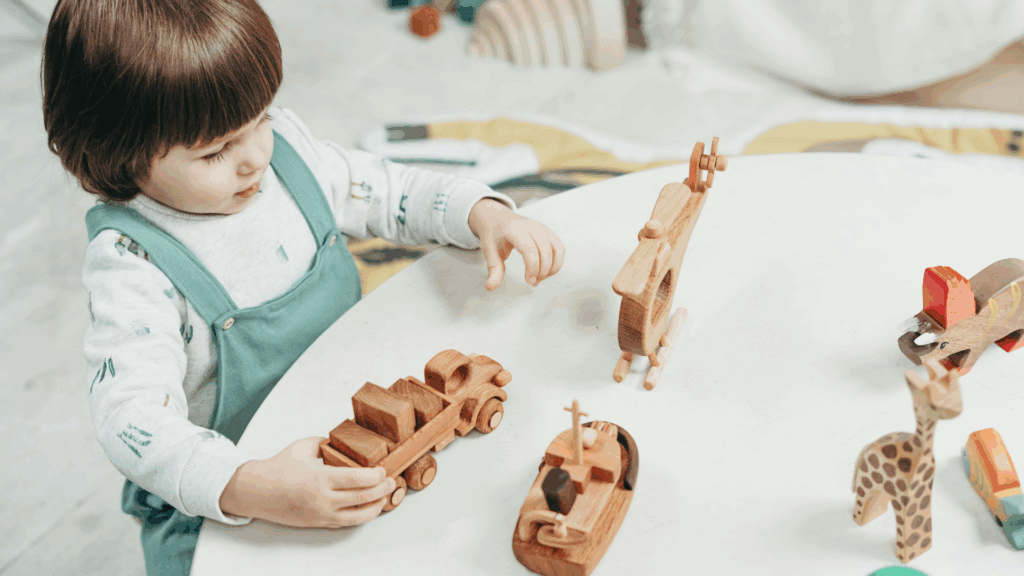
Walk into most toy shops and you’ll be overwhelmed by plastic objects in fluorescent colours, many featuring cartoon characters with exaggerated expressions. But consider this: when did you last see a bright pink car with enormous eyes and a mouth driving down the street? Let me guess: None!
Children desperately want to understand and participate in the real world. When we surround them with artificial representations that bear no resemblance to reality, we’re not just hindering their development. We’re sending a deeper message: that they’re not yet worthy of the real world, that they must remain separate from our adult sphere. We create an artificial divide between “the world of children” and “the world of adults,” signalling that they are not yet part of us, not yet deserving of authentic experiences.
Natural materials like wood, stone, fabric, and clay, engage children’s senses in ways that plastic simply cannot. A wooden car feels substantial in small hands, develops fine motor skills through manipulation, and connects children to the natural world from which it came. The subtle variations in grain and texture stimulate developing neural pathways far more effectively than mass-produced uniformity.
Consider the difference between a Waldorf doll and a modern plastic alternative. The Waldorf doll’s simple, natural features allow children to project any emotion or character onto it. Supporting imaginative play and emotional development. The plastic doll with fixed expression and predetermined personality limits rather than expands creative possibilities.
These choices matter because play is a child’s primary vehicle for learning. When we provide authentic, beautiful materials, we’re not just decorating a space. We’re creating the tools through which children construct their understanding of the world.
3. Rhythm and Structure: The Security of Predictability
Young children thrive within predictable rhythms that provide security whilst allowing freedom within boundaries. This isn’t about rigid schedules or forced activities. It’s about creating a gentle structure that children can rely upon.
A thoughtfully designed preschool day might flow like this: children arrive and settle through free play, gathering naturally when ready for a brief morning circle, engaging in extended periods of child-directed exploration both indoors and outdoors, sharing simple snacks they’ve helped prepare, and closing with quiet story time or reflection.
These rhythms develop children’s sense of time, support their growing independence, and create the emotional security necessary for exploration and learning. When children know what to expect, they’re free to engage fully in the present moment rather than feeling anxious about what comes next.
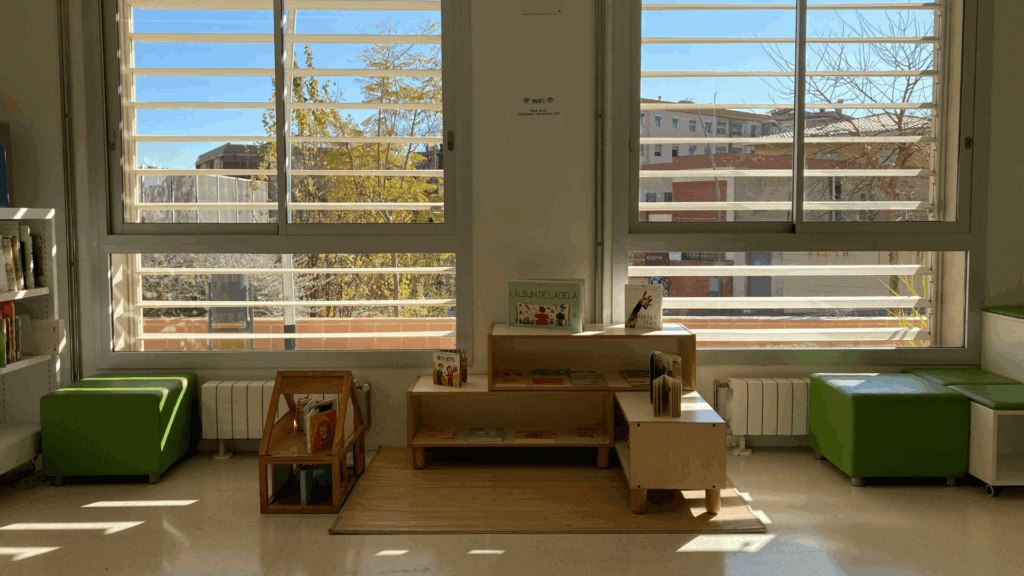
The physical environment must support this rhythm. Every material has its place, accessible to children but organised in ways that support rather than overwhelm. Spaces flow naturally between quiet and active areas, individual and group activities, indoor and outdoor experiences.
The Absurd Economics of Education
Here’s a troubling reality: in most educational settings, preschool fees are the lowest, primary school costs more, and secondary education commands the highest prices. This pricing structure suggests that older children require more investment, more expertise, and more resources.
Yet everything we know about human development tells us this hierarchy is backwards. The foundation years, when neural development is most rapid and environmental influences most profound, arguably deserve our greatest investment. An exceptional preschool teacher working with twelve 3-year-olds requires skills, knowledge, and emotional capacity that – at minimum – match any secondary school specialist.
The Foundation of Our Future
When we get early childhood education right, the benefits ripple far beyond the individual child. Families feel genuinely supported, communities grow stronger, and society gains adults who approach life’s challenges with curiosity rather than fear. It’s time we recognised preschool education for what it truly is: not a preliminary step before “real” learning begins, but the crucial foundation upon which all human development builds.
The children in our care today will shape tomorrow’s world. When we treat these precious years with the respect, investment, and intentionality they deserve. When we preserve rather than rush past their natural creativity, empathy, and joy, we’re nurturing the future of human potential itself. The question isn’t whether we can afford to invest properly in their early years. It’s whether we can afford not to.
Ready to give your child the preschool experience they deserve?


